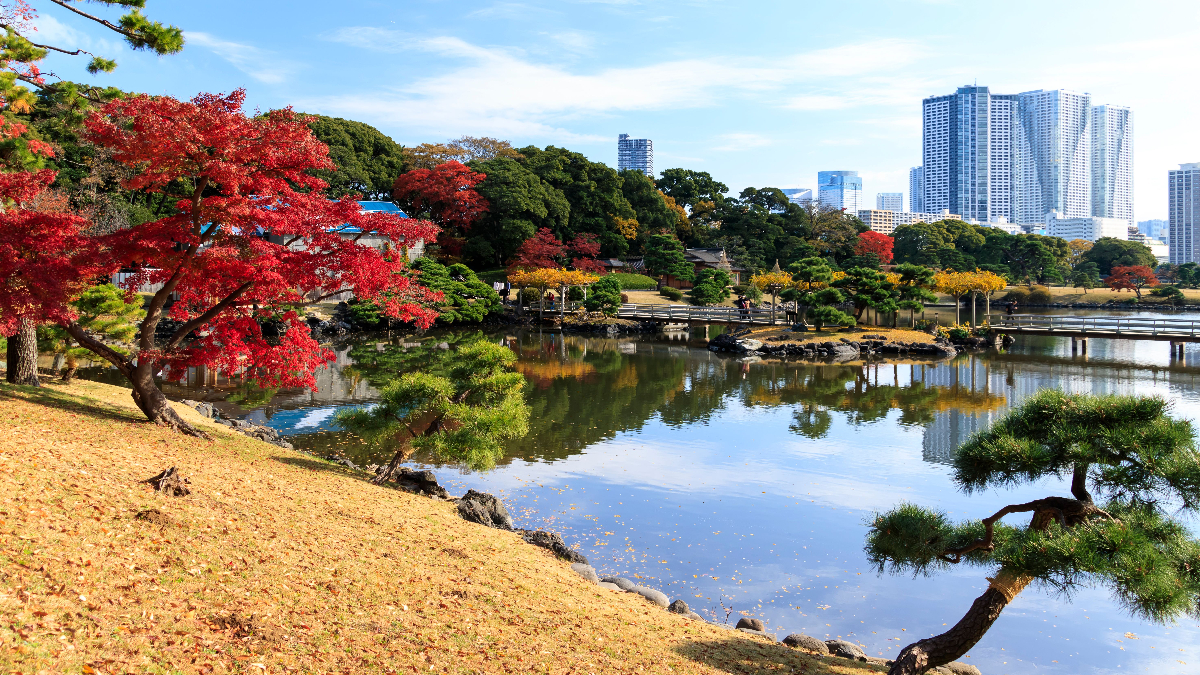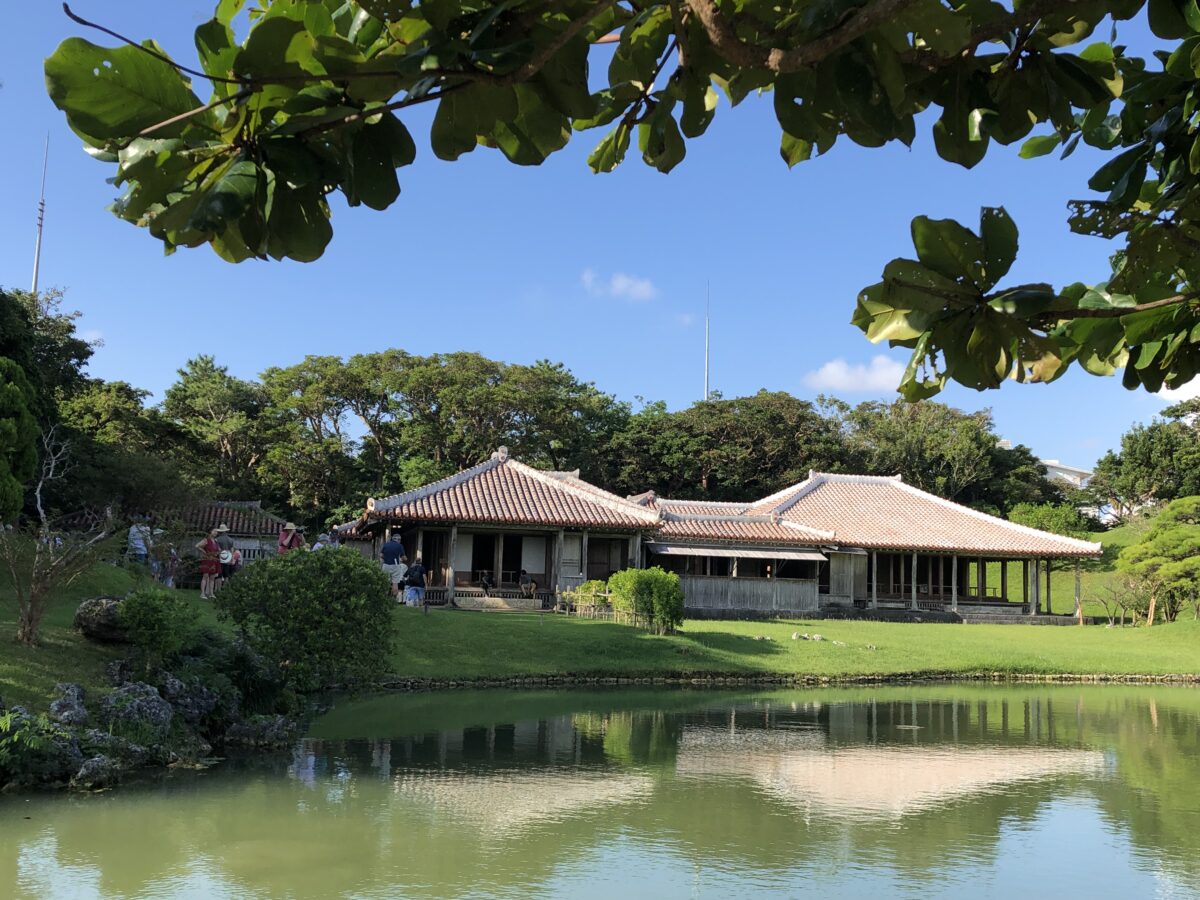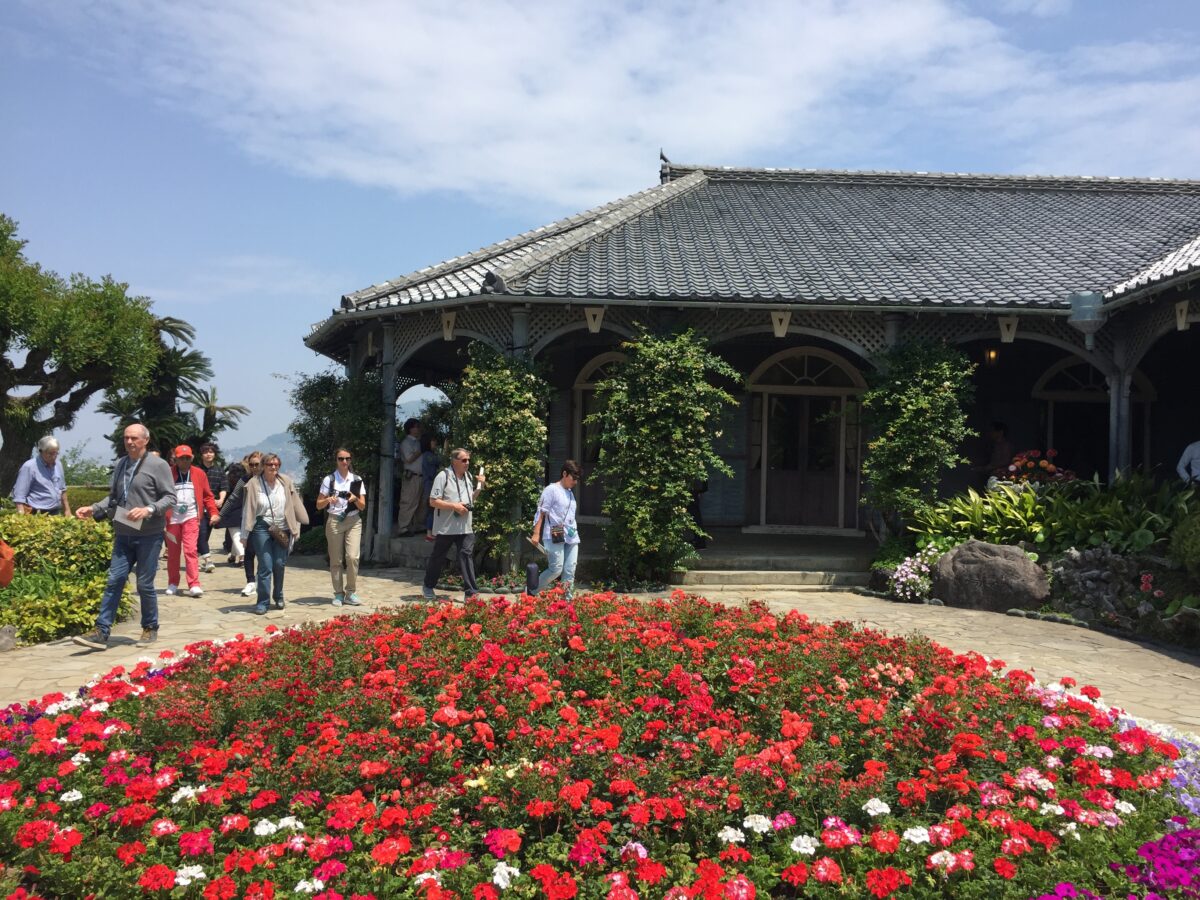One of the quintessential Japanese sights that tourists want to see when they come to Japan are landscape Japanese gardens. This particular type of garden has made its way across the world, but most tourists wouldn’t know what they are looking at unless they get an explanation from a cultural expert. How did Japanese gardens develop? And how can we appreciate Japanese gardens?




Typical Japanese Culture
Nowadays, Japanese gardens are probably one of the most Japanese things in a world that is changing fast and where a country’s cultural identity is easy to be lost. Studying the history and design of Japanese gardens and understanding the spirit of Japanese gardens will help us to know the Japanese garden culture more widely and deeply, which will lead to rediscovering Japanese culture.
What kind of garden is the Japanese variety? Foreign gardens, such as French, Italian and English gardens, are associated with the culture and history of each country and have been understood as the garden style of that country, while Japanese gardens are a bit more complex and difficult to explain in a simple way.
History of Japanese Gardens
Japan was relatively uncultured until China started to share its culture from around the 3rd century. This will make it no surprise that in the early days of Japanese gardens, they were strongly influenced by China and Korea. They were developed under the influence of Daoism and Buddhism, which were brought in from the continent, both ideologically and historically.
In the Heian period (794-1185), the idea of the Pure Land (Jodo) was introduced to the gardens as they were as an integral part of the Buddhist culture, and a new garden design called the Jodo-teien (Pure Land Garden) was completed, enriching the medieval garden culture. Furthermore, the influence of Zen culture introduced in the Kamakura period (1192-1333) was significant, and Japanese gardens changed from the style of Yamato-e (Japanese traditional painting) to the style of sumi-e (ink landscape painting) and eventually developed into the original Japanese karesansui garden (rock garden).
Furthermore, the development of the tea ceremony had a great impact on Japanese garden culture. As a result, a new garden design called chaniwa (outdoor garden) emerged. Along with the development of the tea ceremony garden, stone structures were often used in gardens. In particular, stone lanterns and tezui basins were respected.
In the Edo period (1603-1868), the garden styles that had been created up to that time blossomed into Daimyo gardens, which developed into a comprehensive garden culture. In this way, Japanese gardens have formed a unique and diverse garden culture while skillfully adopting foreign culture.
Japanese Landscaped Garden Design
The Japanese garden has always been based on a motif that can be found in nature to produce a landscape with various designs. In this sense, Japanese gardens can be described as landscape gardens. However, what is the difference between Japanese gardens and foreign gardens based on the same landscape style, such as Chinese and English gardens?
Nowadays, gardens are evaluated and admired from the international point of view, such as the world’s cultural heritage. The Japanese garden culture had been developed as gardens with original styles and designs, however, in this age of questioning the uniqueness of the culture, it has become necessary to clarify the difference between the Japanese gardens and the Chinese gardens or the English garden in terms of both the principle and the design. Then, the Chinese garden had expressed the world of Taoism based on the same Taoist philosophy as that of the Japanese garden, but it had also produced a unique and mysterious world by placing importance on strange and mysterious rocks.
It is certain that the British garden is based on the natural landscape view which is based on the excellent landscape found in nature and can be called a “realistic landscape garden” in general. In contrast, Japanese garden design is characterized by its symbolic abstraction of nature, rather than embodying it as it is. Also, it can be said that Japanese garden design has been cultivated by miniaturizing natural scenery, the world of divination, and the Pure Land. In this sense, Japanese gardens can be called “symbolic miniature gardens”. This is what distinguishes Japanese gardens from landscape gardens in other countries.
Outdoor Art
The Japanese garden culture as a “symbolic miniature garden” is not a single design created in a certain era, but it has been creating various stylistic designs by being deeply related to various cultures and lifestyles of the era based on the culture, thought, and religion of the era. For this reason, it is necessary to look at the garden culture together with architecture, tea ceremony, flower arrangement, Buddhism, and Taoist thought.
In a nutshell, the Japanese garden can be described as an outdoor art and spatial art using nature as its material. It can be said to be a comprehensive art in which various ideas and designs are included and condensed into a garden form. Therefore, to appreciate Japanese garden culture, it is important to visit many famous gardens. Each garden has its own individuality and beauty as well as its own design and characteristics depending on the region. It can be said that excellent works always have their own beauty in them.
Must-See Japanese Gardens
You will probably only have limited time in Japan, while there are so many beautiful Japanese landscape gardens to visit in Japan. We will make it a bit easier for you with this list of 5 gardens that are great for tourists with little time who want to see one or two beautiful gardens while in Japan:
- Happo-en, Tokyo: this is not the largest or most famous garden in Tokyo, but it definitely makes up in style and compactness. As a bonus, there are bonsai trees on display, a lake full of healthy koi fish, and a relaxing spot to have some green tea.
- Kenrakuen, Kanazawa: this garden is considered to be one of the 3 best landscape gardens in Japan. It is a classic example of a Japanese landscape garden made by generations of noblemen, and a must-visit if you go to Kanazawa.
- Ryoanji, Kyoto: this temple garden in Kyoto is a bit different from the other gardens as in that the main role is played by stones. The rock garden is both mysterious and soothing and makes it possible to dive a bit deeper into (Zen) Buddhism.
- Sengan-en, Kagoshima: the garden with the most beautiful backdrop in the country with Sakurajima in the background must be the Sengan-en. If you make it to Kyushu, it is worth the trek to the south to see Kagoshima and this garden that is owned by the feudal family that used to rule in the Kyushu area.
- Korakuen, Okayama: just like the Kenrokuen in Kanazawa, the Korakuen in Okayama is also in the top 3 of the best examples of Japanese landscape gardens. On the way between Osaka and Hiroshima, this garden makes for a great stop in between.
Your Japan Tour
As seasoned Japan experts, we can help you create your perfect Japan tour including one or more Japanese gardens. Contact us to start planning your unforgettable holiday to this fascinating country full of once-in-a-lifetime experiences, culture, history, nature, and delicious food!